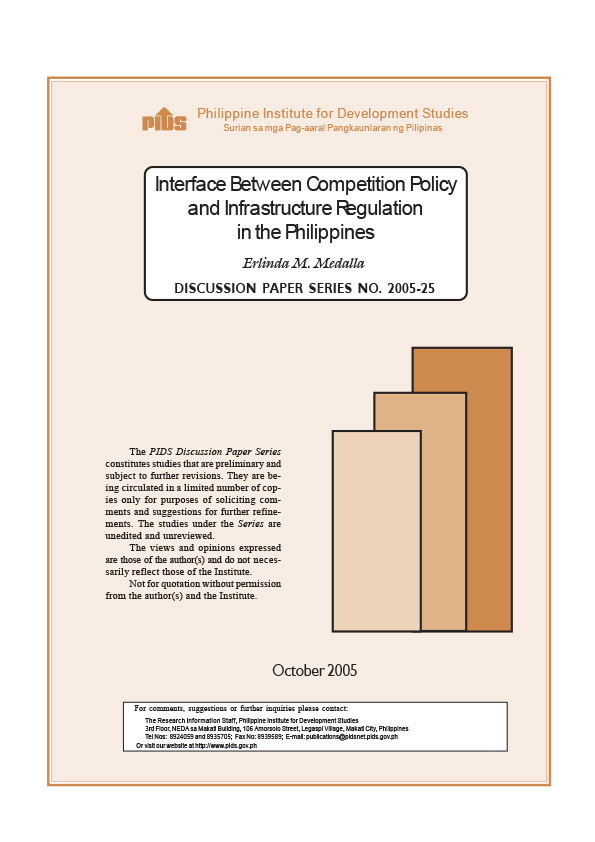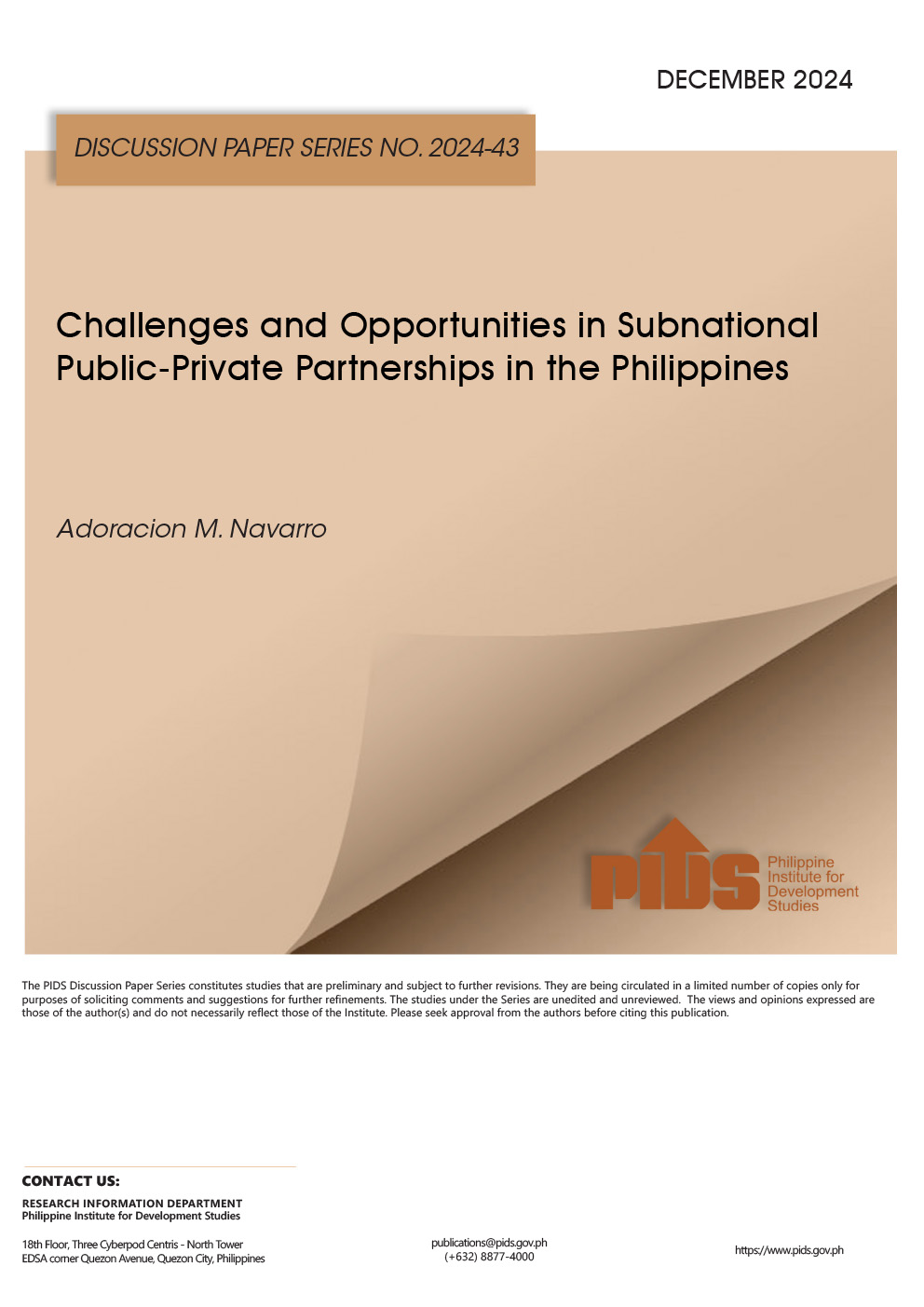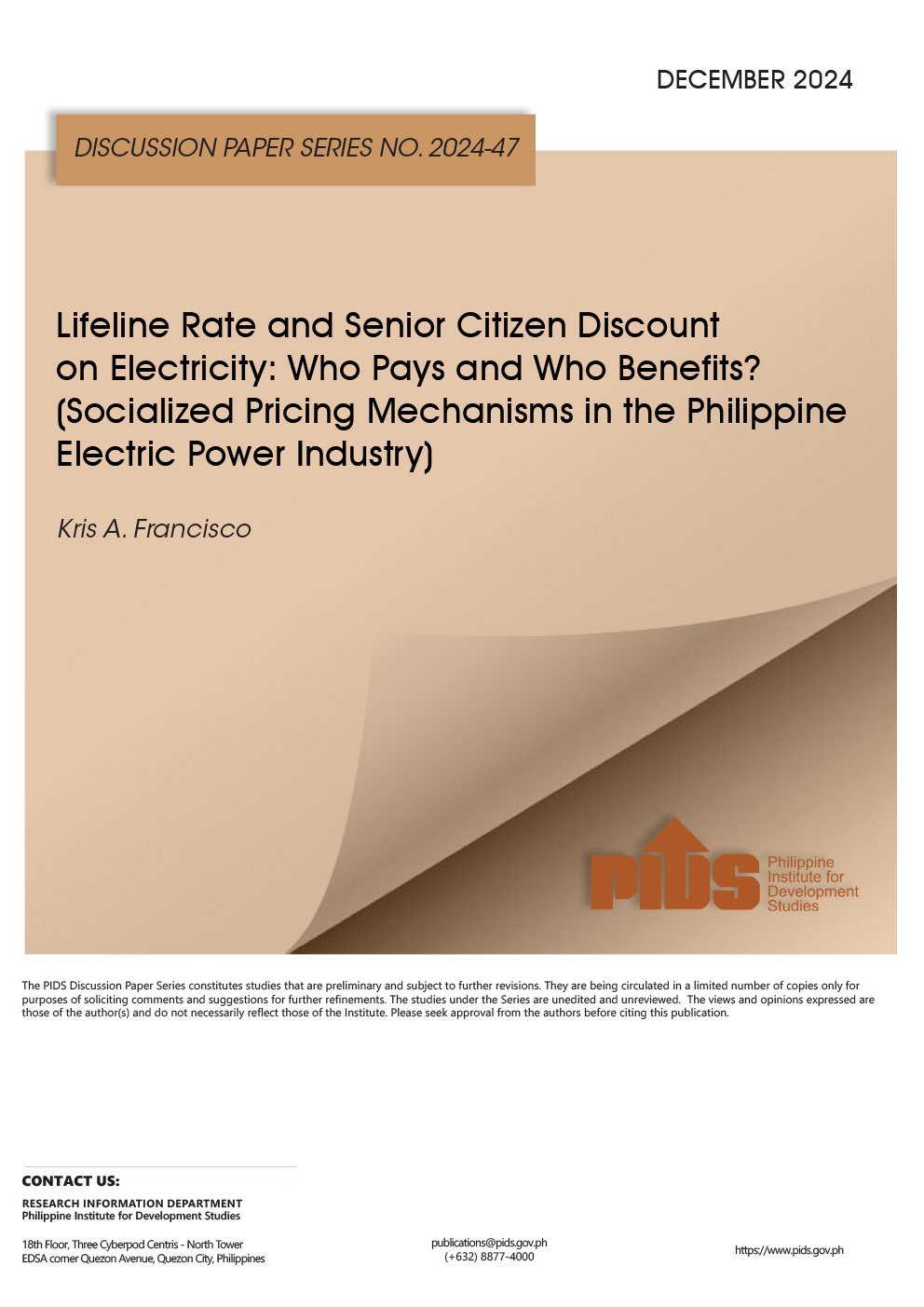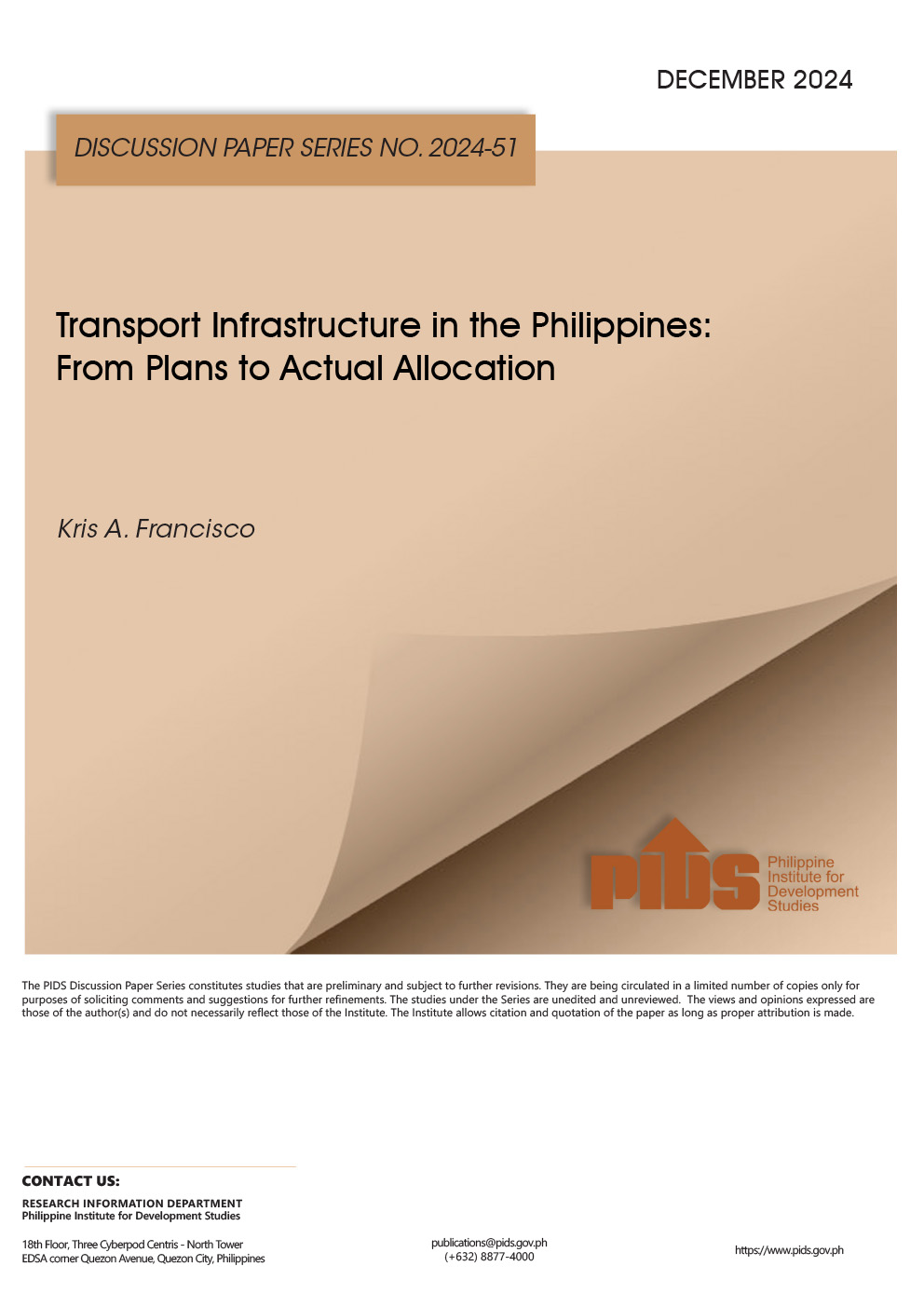This short paper attempts to lay down the framework and basic principles for the optimum interface between competition policy and infrastructure regulation. Competition policy should address exclusionary and exploitative acts and discipline firms when such acts are committed. In certain cases, more may be required by way of additional competition rules needed to assist the market and substitute for lack of a competitive process of allocation. This is where competition policy in the form of direct regulation comes in. This is usually where market power is inherent (in the structure), specifically the case of infrastructure sectors. The basic issues relate to: tendency for “overregulation,” problems with price regulation, privatization, unbundling, regulatory capture, and multiple objectives. The paper also highlights the findings from past studies on three major infrastructure/utilities sectors, namely power, shipping and telecommunications. For all these sectors, there have been significant attempts to enhance competition, mainly in terms of relaxing entry regulation and some effort at deregulating prices and privatization. It was not surprising to find difficulties in dealing with the trade-offs between social objectives, principally equity and access, and competition (efficiency) objectives.













